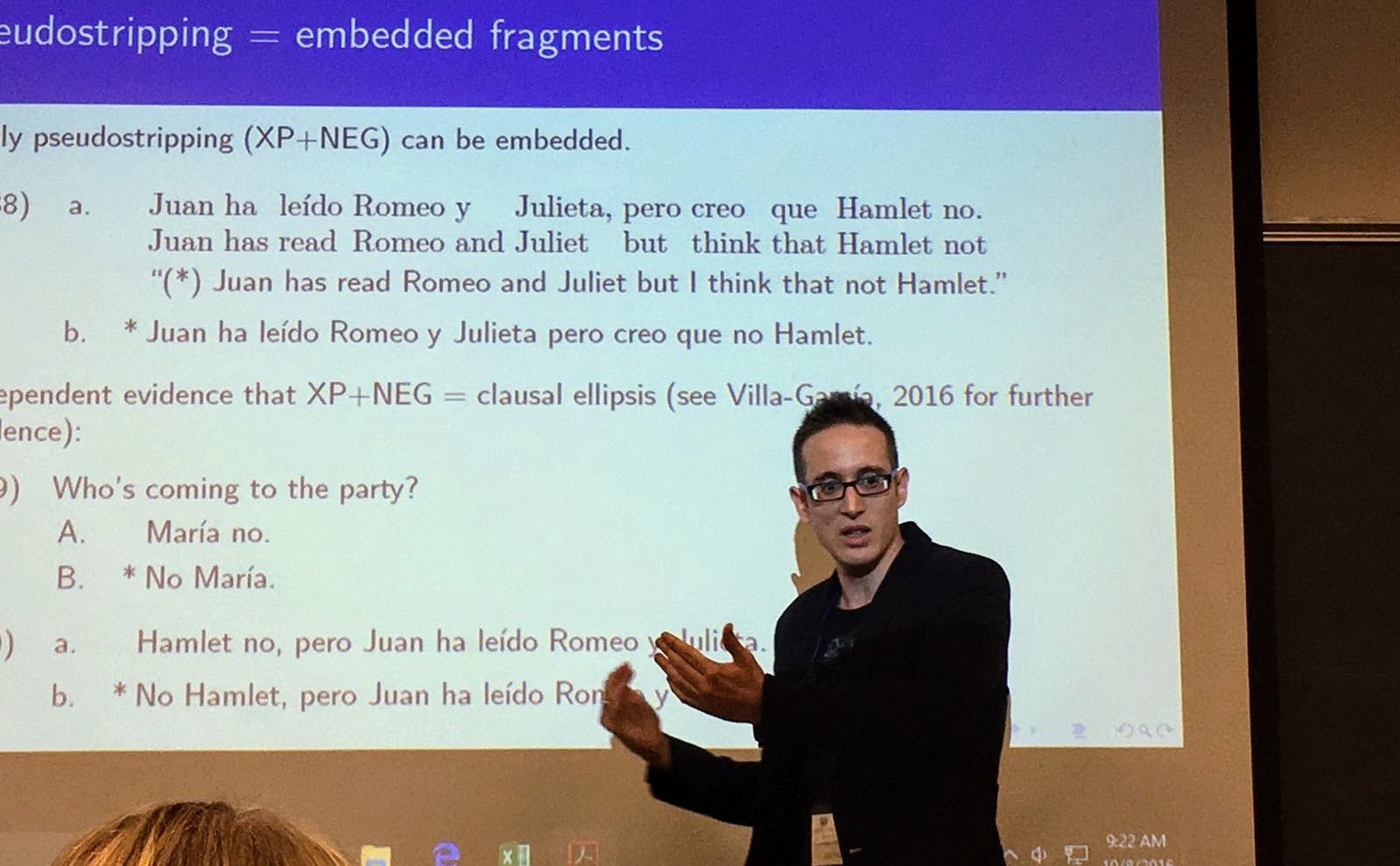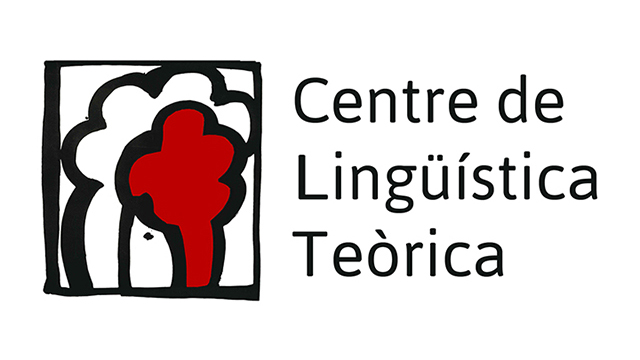
Javier Fernández – Revising Modal Ellipsis in Spanish and Italian
Seminari del CLT
Revising Modal Ellipsis in Spanish and Italian
JAVIER FERNÁNDEZ (Uniwersytet Gdański)
Divendres, 29 de novembre de 2019
Aula 202, 15:30
Crosslinguistically, modal verbs allow their complements to be “missing” under relevant recoverability conditions:
(1) Mary drank three tequilas, but John shouldn’t e. e= [VP drink three tequilas]
The example in (1) illustrates the phenomenon of Modal Ellipsis (ME). This talk focuses on the syntactic nature of e in ME in Spanish and Italian. Two main views have been defended in the literature: on the one hand, some authors contend that (1) is an instance of what Hankamer and Sag (1976) referred to as deep anaphora, and thus claim that the modal in (1) selects a null pro-form (Zubizarreta 1982, Bosque 1984, Brucart 1999, Depiante 2000, 2001, Cecchetto and Percus 2006, Saab 2008). On the other hand, (1) may be viewed as a case of surface anaphora, where the modal verb selects a fully-fledged syntactic structure which is unpronounced at PF (Burzio 1981, López 1994, Dagnac 2010). On the basis of various tests used by Depiante (2000), I will argue that the complement of the modal in (1) must have internal syntax and cannot be viewed as an atomic element, (contra Depiante). More specifically, I will show that (1) involves TP-ellipsis. Further, following Authier (2011), I claim that ME is not a subcase of Null Complement Anaphora – a widespread assumption in the lliterature.


